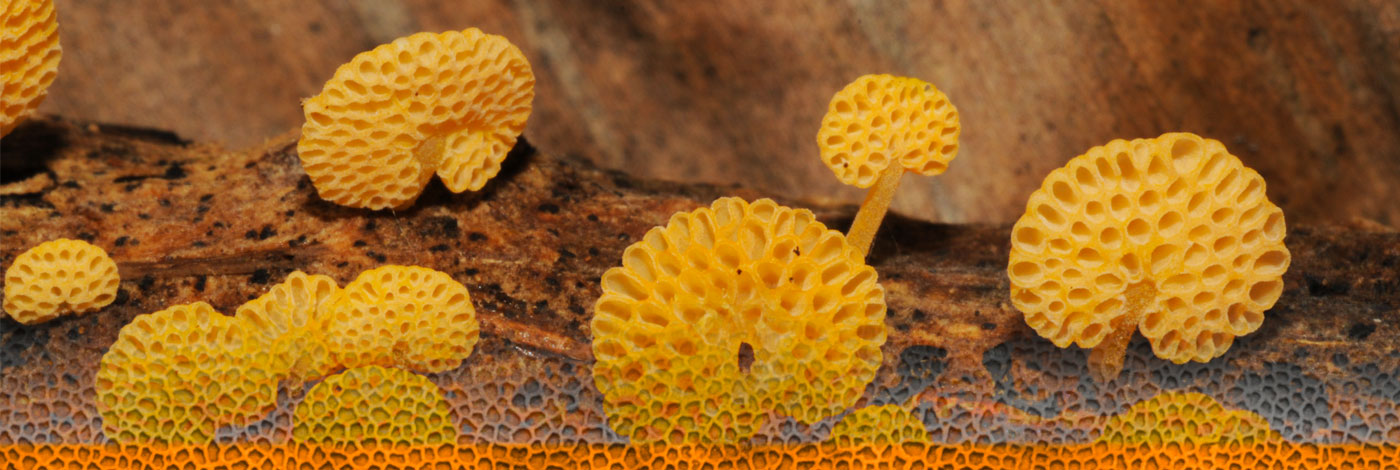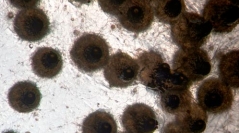

 Cryptogamie, Mycologie
38 (4) - Pages 485-506
Cryptogamie, Mycologie
38 (4) - Pages 485-506Podospora anserina is a model ascomycete that has been used for over a century to study many biological phenomena including ageing, prions and sexual reproduction. Here, through the molecular and phenotypic analyses of several strains, we delimit species that are hidden behind the P. anserina/P. pauciseta and P. comata denomination in culture collections. Molecular analyses of several regions of the genome as well as growth characteristics show that these strains form a species complex with at least seven members. None of the traditional morphology-based characters such as ascospore and perithecium sizes or presence of setae at the neck are able to differentiate all the species, unlike the ITS barcode, mycelium growth characteristics and repartition of perithecia on the thallus. Interspecific crosses are nearly sterile and most F1 progeny is female sterile. As a result of our analyses, the taxonomy of the P. anserina complex is clarified by lecto- and epitypifications of the names P. anserina, P. pauciseta and P. comata, as well as descriptions of the new species P. bellae-mahoneyi, P. pseudoanserina, P. pseudocomata, and P. pseudopauciseta. We also report on the ability of species from this complex to form a Cladorrhinum-like asexual morph and to produce tiny sclerotium-like structures.